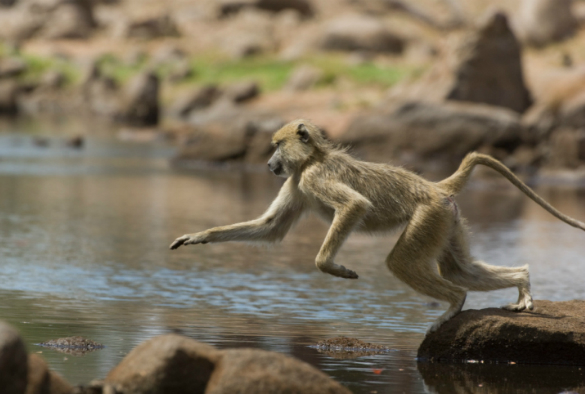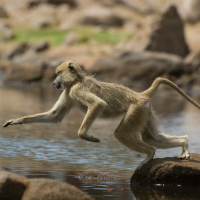
Researchers from the University of Liverpool have helped to develop a new modelling approach to predict the proportion of land mammals that may not be able to keep up with climate change.
Scientists wanted to discover why some mammal species are more able to move to new areas in a bid to avoid the effects of climate change, but others are failing to do so and, as a result, are facing substantial reductions in abundance, and even higher risk of extinction.
New approach
In order to understand this, a team from the University of Aberdeen, Sapienza University of Rome, the Centre for Ecology and Hydrology, and the University of Liverpool have developed an approach which allows them to estimate population spread across the diversity of ecological characteristics found within mammals.
The approach overcomes limited data availability by coupling a statistical analysis of mammal species life-histories with spatial population modelling to project spread rates for 15,000 virtual mammals with life histories that reflect those seen in the real world.
The model was used to determine how key characteristics of mammals – such as offspring numbers, average first age of reproduction, dispersal and annual survival – influenced the expected population spread rates as well as looking to see whether easy-to-obtain information, such as body size or territory size, can provide a reasonable estimate.
Optimistic estimate
Professor Justin Travis from the University of Aberdeen said: “Our model suggests that 30 percent of mammals, from mice to monkeys, have rates of population spread that are lower than the pace of climate change.
“Importantly, this is likely to be an optimistic estimate as this work currently considers only the consequences of climate change and does not include habitat loss and fragmentation. A vital next step will be to make use of this new modelling approach to examine how well populations spread across landscapes that have and continue to be dramatically modified by human activities. Then we can begin to make recommendations for conservation activities that can improve population responses.”
Conservation need
Dr Jenny Hodgson, from the University of Liverpool’s Institute of Integrative Biology, said: “Mammals are often thought of as being adaptable, but this work suggests that climate change could severely stretch their ability to exploit new windows of suitable climate.
“To avoid declines of mammals with low spread rates, a multi-pronged conservation strategy is likely to be needed, including boosting reproduction with ample areas of high-quality habitat, and protecting ‘refugia’ of cooler conditions in otherwise hot regions.”
The paper ‘A trait-based approach for predicting species responses to environmental change from sparse data: how well might terrestrial mammals track climate change?’ is published in Global Change Biology () and was funded by the Natural Environment Research Council (NERC).
